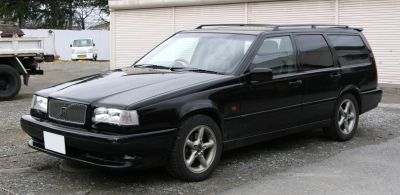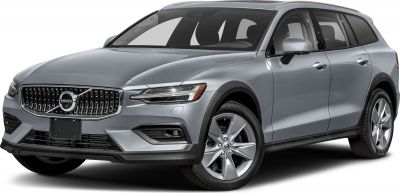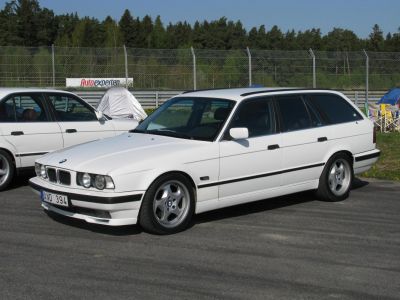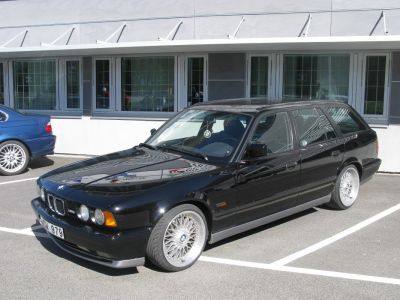 1978 Mercedes-Benz S123 Dimensions, Size & Specs
1978 Mercedes-Benz S123 Dimensions, Size & SpecsMeasurements of the 1978 Mercedes-Benz S123, engineered for optimal performance and comfort
| Dimensions | |
|---|---|
| Length: | 4725 mm186.0 in15.5 ft |
| Width: | 1786 mm70.3 in5.9 ft |
| Height: | 1470 mm57.9 in4.8 ft |
| Weight Specifications | |
| Curb Weight: | 1470-1620 kg3241-3571 lbs |
| Maximal permitted Weight: | 2030-2230 kg4475-4916 lbs |
| Tire Specifications | |
| Rims Size: | 14-inch rims:
|
| Tire Size: |
|
The Mercedes-Benz W123 S123 generation, produced between 1977 and 1986, represents the station wagon variant of the iconic W123 series. This model became renowned for its reliability, build quality, and practical design, making it a popular choice among families and professionals alike during its production period. Dimensionally, the S123 wagon spans 4725 mm (186 inches) in length, with a width measuring 1786 mm (70.3 inches) and a height of 1470 mm (57.9 inches). These proportions provide ample interior space for passengers and cargo, characteristic of a well-sized station wagon of its era.
The curb weight of the W123 S123 ranges from 1470 to 1620 kilograms (3241 to 3572 pounds), reflecting variations in engine configurations and trim levels; meanwhile, its maximum weight capacity falls between 2030 and 2230 kilograms (4476 to 4916 pounds). This robust construction is supported by 14-inch rims sized at 6J x 14 and fitted with 195/70 R14 tires, contributing to reliable road handling and comfort.
Overall, the Mercedes-Benz W123 S123 balances classic estate car practicality with the brand's hallmark engineering excellence. Its solid dimensions, moderate weight range, and quality craftsmanship continue to attract enthusiasts looking for vintage station wagons that deliver a blend of performance, durability, and timeless style.
Discover the standout features that make the 1978 Mercedes-Benz S123 a leader in its class
Have a question? Please check our knowledgebase first.
The Mercedes-Benz W123 S123 station wagon, produced between 1977 and 1986, possesses the following dimensions: it is 4725 mm (about 186 inches or 15.5 feet) in length, 1786 mm (approximately 70 inches or 5.8 feet) in width, and stands 1470 mm (roughly 58 inches or 4.8 feet) tall. These measurements position the S123 as a fairly sizable station wagon of its era, offering a balance of interior space and manageable exterior size suitable for family and utility use.
The curb weight of the Mercedes-Benz W123 S123 station wagon ranges from 1470 to 1620 kilograms (approximately 3240 to 3570 pounds), reflecting the vehicle's weight without passengers or cargo. The maximum permissible weight, which includes passengers, cargo, and all fluids, ranges between 2030 and 2230 kilograms (about 4475 to 4915 pounds). This weight range ensures the vehicle supports a considerable payload while maintaining stability and performance consistent with mid-size station wagons of the late 1970s to mid-1980s.
With a width of 1786 mm (70.3 inches or nearly 5.9 feet), the Mercedes-Benz W123 S123 station wagon holds a moderate width for its class and time period. While it may be a bit wider than compact vehicles, it remains maneuverable enough for urban settings. Drivers should still consider this width when navigating narrow streets or tight parking spaces, but generally the S123 offers a good balance between cabin space and the ability to handle city driving and parking demands.
Standard garage dimensions typically range around 2400 to 3000 mm (approximately 7.9 to 9.8 feet) in width and 4800 to 6000 mm (about 15.7 to 19.7 feet) in length. Given the W123 S123’s length of 4725 mm (roughly 15.5 feet) and width of 1786 mm (about 5.9 feet), it comfortably fits within a standard single-car garage. Vertical clearance is also adequate considering the 1470 mm (58 inches or 4.8 feet) vehicle height. Therefore, owners should not face issues parking the S123 in most standard residential garages.
The Mercedes-Benz W123 S123 station wagon is equipped with rims sized 6J x 14, which means 14-inch diameter steel wheels with a 6-inch width. The tires that fit these rims are sized 195/70 R14, indicating a tire width of 195 mm, an aspect ratio (height to width) of 70%, and radial construction suitable for 14-inch wheels. These specifications contribute to a comfortable ride quality and responsive handling, ideal for the vehicle's weight and intended use as a versatile station wagon.
Standing at 1470 mm (58 inches or roughly 4.8 feet) tall, the Mercedes-Benz W123 S123 station wagon offers sufficient interior headroom for average adult passengers, contributing to comfort without compromising the vehicle’s aerodynamic profile. The height aligns well with typical station wagons of the era, giving the car a grounded, stable look while ensuring it does not feel overly bulky. This height also assists in garage clearance and ease of entry and exit from the vehicle.
The W123 S123 station wagon succeeded the W114/W115 series. Compared to its predecessor, the W123 S123 is slightly longer and wider, enhancing passenger comfort and cargo capacity. For instance, the W114/W115 measured about 4624 mm in length versus 4725 mm for the W123, reflecting a more modern and roomy design evolution. This growth in size added practicality without significantly increasing curb weight, maintaining the vehicle’s renowned balance between durability and everyday usability.
In the late 1970s and early 1980s, the Mercedes-Benz W123 S123 station wagon was similar in size to competing mid-size European wagons such as the BMW E28 touring models and Volvo 240 estates. Its length of 4725 mm and width of 1786 mm positioned it as slightly larger than some competitors, offering superior interior space and cargo capacity. While American wagons might have been larger in dimensions, the W123 provided a premium feel with balanced size, making it a favored choice for buyers needing a versatile but upscale family vehicle.
The Mercedes-Benz W123 S123 station wagon’s curb weight between 1470 and 1620 kilograms (3240 to 3570 pounds) influences its fuel efficiency and driving dynamics. While heavier than contemporary compact cars, the moderate weight combined with robust engine options provided reliable performance without excessive fuel consumption for its class and period. The weight ensures stability and safety on the road but typically results in fuel economy figures typical of late 1970s to mid-1980s mid-size wagons—adequate for its capabilities but less efficient than modern lighter vehicles.
The W123 S123 features 6J x 14 rims fitted with 195/70 R14 tires, which play a significant role in ride comfort and handling. The relatively high aspect ratio (70%) of the tires offers a cushioned ride by absorbing road imperfections, enhancing comfort over rough surfaces. The 14-inch wheel size maintains a balance between handling precision and shock absorption. Together, these tire and rim specifications support the vehicle’s smooth, comfortable ride quality that Mercedes-Benz wagons from this era are known for, while also providing predictable and safe handling characteristics.
Discover similar sized cars.

| Production: | 1993-1997 |
|---|---|
| Model Year: | 1993 |
| Length: | 4720 mm185.8 in |
| Width: | 1751 mm68.9 in |
| Height: | 1400 mm55.1 in |

| Production: | 2014-2019 |
|---|---|
| Model Year: | 2015 |
| Length: | 4777 mm188.1 in |
| Width: | 2083 mm82.0 in |
| Height: | 1506-1530 mm59.3-60.2 in |

| Production: | 1991-1997 |
|---|---|
| Model Year: | 1992 |
| Length: | 4709-4720 mm185.4-185.8 in |
| Width: | 1761 mm69.3 in |
| Height: | 1415 mm55.7 in |

| Production: | 2018-present |
|---|---|
| Model Year: | 2019 |
| Length: | 4787 mm188.5 in |
| Width: | 2040 mm80.3 in |
| Height: | 1499 mm59.0 in |

| Production: | 1991-1997 |
|---|---|
| Model Year: | 1991 |
| Length: | 4720 mm185.8 in |
| Width: | 1751 mm68.9 in |
| Height: | 1422 mm56.0 in |

| Production: | 1992-1995 |
|---|---|
| Model Year: | 1992 |
| Length: | 4720 mm185.8 in |
| Width: | 1751 mm68.9 in |
| Height: | 1392 mm54.8 in |

| Production: | 2018-present |
|---|---|
| Model Year: | 2018 |
| Length: | 4805 mm189.2 in |
| Width: | 2090 mm82.3 in |
| Height: | 1480 mm58.3 in |

| Production: | 2015-2017 |
|---|---|
| Model Year: | 2015 |
| Length: | 4805 mm189.2 in |
| Width: | 2113 mm83.2 in |
| Height: | 1480 mm58.3 in |
